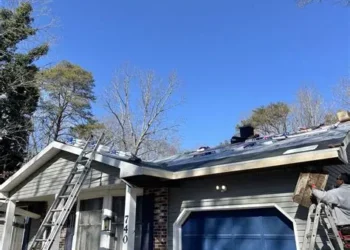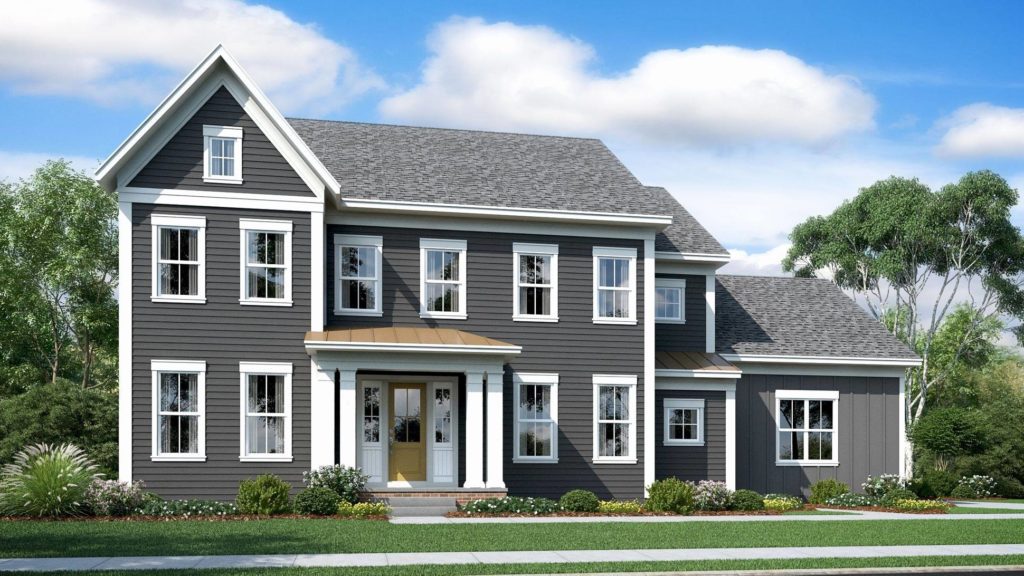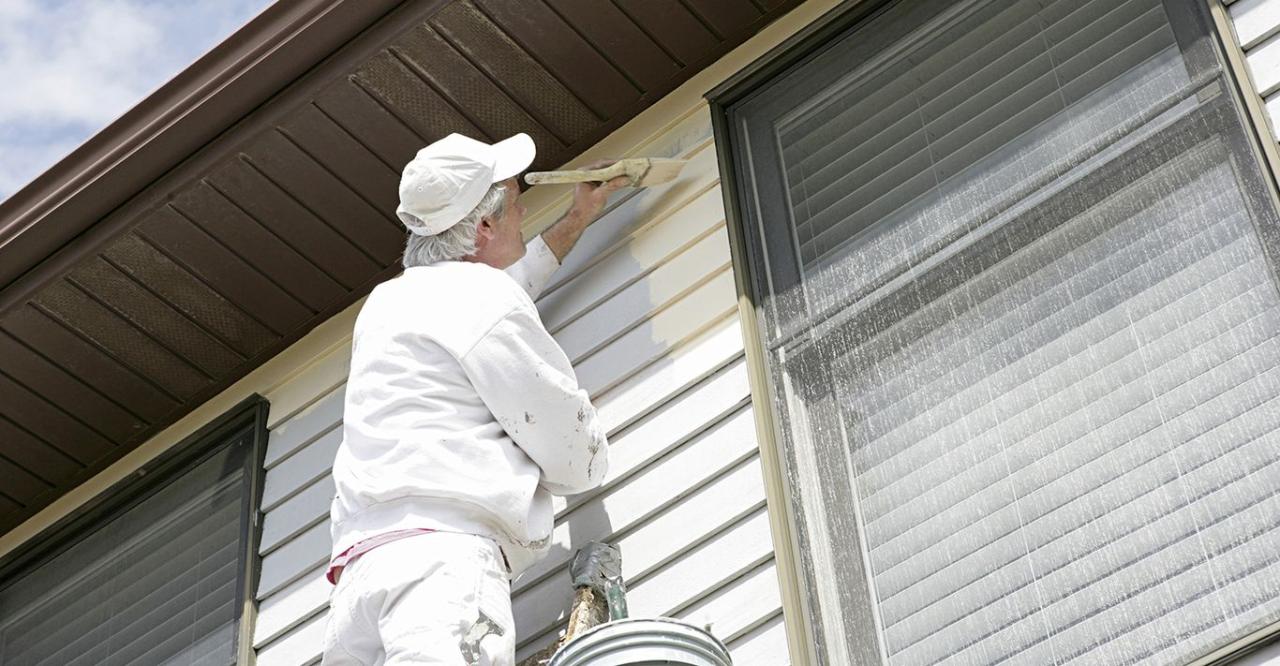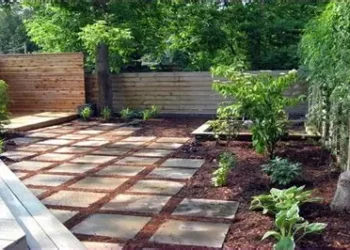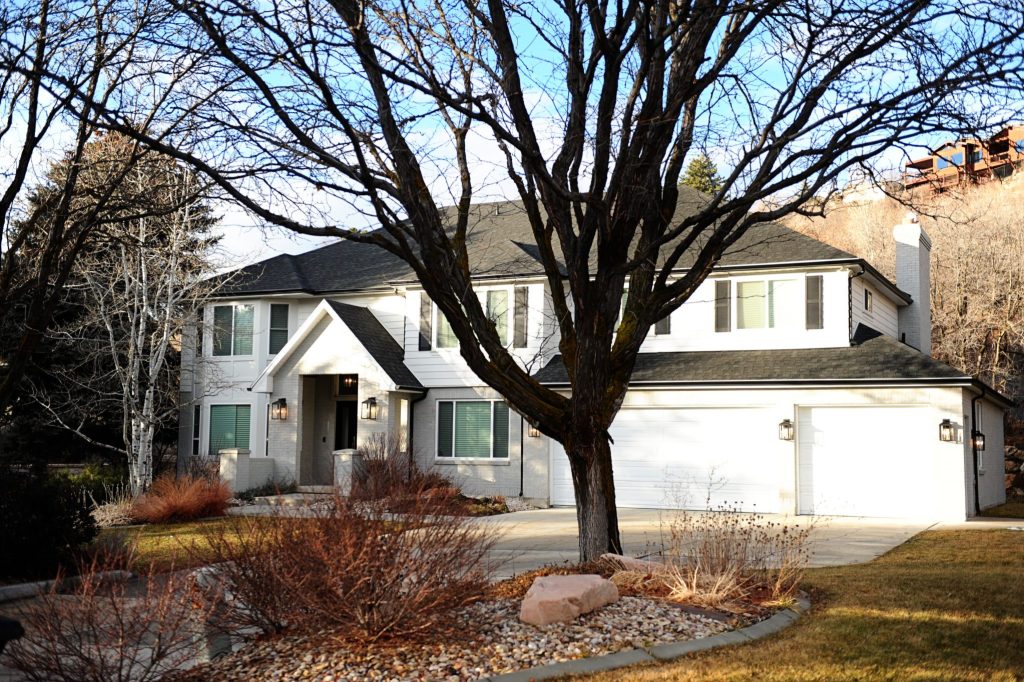Delving into the world of pergola installation services, this guide aims to shed light on the importance, types, factors to consider, and steps involved in installing pergolas. From adding value to your property to creating a relaxing outdoor oasis, pergolas offer a myriad of benefits worth exploring.
Importance of Pergolas in Outdoor Spaces
Pergolas play a significant role in enhancing outdoor living areas by providing both aesthetic appeal and functional benefits. These structures can transform a simple outdoor space into a stylish and versatile area that can be enjoyed for various activities.
Enhancing Outdoor Living Areas
- Pergolas create a defined space for outdoor entertainment, such as hosting gatherings, barbecues, or parties.
- They offer shade and protection from the elements, allowing homeowners to enjoy their outdoor space even on hot summer days or during light rain.
- Pergolas can serve as a focal point in the garden or backyard, adding visual interest and architectural charm to the property.
Adding Value to a Property
- Properties with well-designed pergolas are often more attractive to potential buyers, increasing the overall value of the home.
- Pergolas can create additional living space, effectively extending the usable square footage of a property without the need for costly renovations.
- Investing in a pergola can provide a high return on investment, as it enhances the overall appeal and functionality of the outdoor space.
Functionality of Pergolas
- Pergolas can be used for various purposes, such as providing a cozy spot for relaxation, reading, or enjoying a cup of coffee in the morning.
- They can also serve as a support structure for climbing plants, creating a beautiful green canopy that adds natural beauty to the space.
- Some homeowners use pergolas for vertical gardening, growing vines, flowers, or herbs, which can enhance the aesthetics of the outdoor area.
Types of Pergolas
When it comes to pergolas, there are various types based on the materials used, design styles, and customization options available. Let's explore the different aspects of pergolas in more detail.
Materials Used in Pergola Construction
- Wood: Traditional and versatile, wood pergolas offer a natural look and can be stained or painted to match your outdoor space.
- Aluminum: Lightweight and durable, aluminum pergolas are low-maintenance and resistant to rust and corrosion.
- Vinyl: Easy to clean and maintain, vinyl pergolas are a popular choice for those looking for a hassle-free option.
- Steel: Strong and sturdy, steel pergolas provide a modern and industrial aesthetic to your outdoor area.
Design Styles of Pergolas
- Traditional: Classic and timeless, traditional pergolas often feature intricate details and ornate designs.
- Modern: Sleek and minimalist, modern pergolas focus on clean lines and contemporary elements.
- Rustic: Cozy and charming, rustic pergolas typically use natural materials like wood and stone for a more organic feel.
- Minimalist: Simple and understated, minimalist pergolas emphasize functionality and clean design without unnecessary embellishments.
Customization Options for Pergolas
- Size: Pergolas can be customized to fit any outdoor space, whether you have a small patio or a large backyard.
- Shape: From square to rectangular to circular, pergolas come in various shapes to suit your design preferences.
- Features: You can add features like retractable canopies, lighting, fans, or privacy screens to enhance the functionality and aesthetics of your pergola.
Factors to Consider Before Installing a Pergola
When planning to install a pergola in your outdoor space, it is essential to consider various factors to ensure the success and functionality of the structure.
Identify the Ideal Location for a Pergola
When choosing the location for your pergola, consider factors such as the surrounding landscape, sunlight exposure, and proximity to your house. Ideally, the pergola should be placed in an area that provides a balance of shade and sunlight and complements the overall design of your backyard or garden.
Consider Local Weather Conditions
Local weather conditions play a crucial role in determining the materials and design of your pergola
. For example, if you live in an area with heavy rainfall or strong winds, you may need to opt for durable materials and sturdy construction to ensure the longevity of the pergola.Additionally, considering the direction of sunlight and prevailing winds can help you position the pergola for maximum comfort and usability.
Obtaining Necessary Permits and Permissions
Before installing a pergola, it is important to check with your local authorities regarding any permits or permissions required for such structures. Some areas may have zoning regulations or building codes that dictate the size, height, and location of pergolas.By obtaining the necessary approvals beforehand, you can avoid potential legal issues and ensure that your pergola meets all safety and compliance standards.
Steps Involved in Pergola Installation
Installing a pergola requires careful planning and execution to ensure a sturdy and visually appealing structure in your outdoor space.
Preparation Work
Before starting the installation process, it is essential to:
- Choose a suitable location in your outdoor space
- Obtain any necessary permits or approvals
- Gather all the required tools and materials
- Prepare the ground where the pergola will be installed
Step-by-Step Procedure
- Foundation Setup:Dig holes for the posts and pour concrete to create a solid foundation.
- Post Installation:Install the posts securely in the concrete footings and ensure they are level and plumb.
- Rail and Beam Assembly:Attach the horizontal beams to the posts, followed by the rafters to form the roof structure.
- Roof Assembly:Install the roof slats or panels to provide shade and protection from the elements.
- Finishing Touches:Add any decorative elements or finishes to enhance the appearance of the pergola.
Common Challenges and Solutions
- Uneven Ground:Use shims or adjustable post anchors to level the pergola on uneven ground.
- High Winds:Choose sturdy materials and consider adding braces or anchors to secure the pergola against strong winds.
- Complex Roof Design:Follow the manufacturer's instructions carefully and seek professional help if needed to assemble a complex roof design.
Summary
In conclusion, pergola installation services open up a world of possibilities for transforming your outdoor living space. Whether you're looking to entertain guests, unwind in a serene environment, or cultivate a garden retreat, a pergola can be the perfect addition to elevate your outdoor experience.
Essential FAQs
Where is the ideal location to install a pergola?The ideal location for a pergola is typically in a backyard or garden area that offers a balance of sunlight and shade, providing a comfortable outdoor space.
What materials are commonly used in pergola construction?Common materials used in pergola construction include wood, aluminum, vinyl, and steel, each offering different aesthetics and durability levels.
How can I customize my pergola?Pergolas can be customized based on size, shape, and features like adding curtains, lighting, or climbing plants to suit your specific design preferences.
Are permits required for installing a pergola?It's important to check local regulations, but in many cases, permits may be required for installing a pergola, especially if it's a larger structure or attached to a building.
What are some common challenges during pergola installation?Common challenges include uneven ground for foundation setup, ensuring proper post alignment, and dealing with weather conditions during installation. Proper planning and professional assistance can help overcome these challenges.

